Genetic science has moved way beyond Punnett squares and fruit flies.

Across labs around the world, researchers are tweaking DNA in ways that sound straight out of a Netflix thriller. We’re talking gene-edited animals, synthetic embryos, and real-world attempts to bring extinct creatures back. Some of it’s amazing, some of it’s controversial—and all of it blurs the line between science and science fiction. Here are some of the strangest and most fascinating genetic experiments that are actually happening as you’re reading this.
1. Trying to bring the woolly mammoth back to life

Yep, de-extinction is no longer just a Jurassic Park plot. Scientists are using CRISPR gene-editing tools to insert mammoth genes into the DNA of Asian elephants, with the aim of creating a cold-resistant hybrid that could survive in Arctic climates.
The goal isn’t just to make a fluffy elephant—it’s also about reviving lost ecosystems. Mammoths once helped maintain grasslands by knocking down trees and trampling snow. If the plan works, they could help slow permafrost thaw and reduce carbon emissions. No pressure.
2. Making mosquitoes that self-destruct to fight malaria
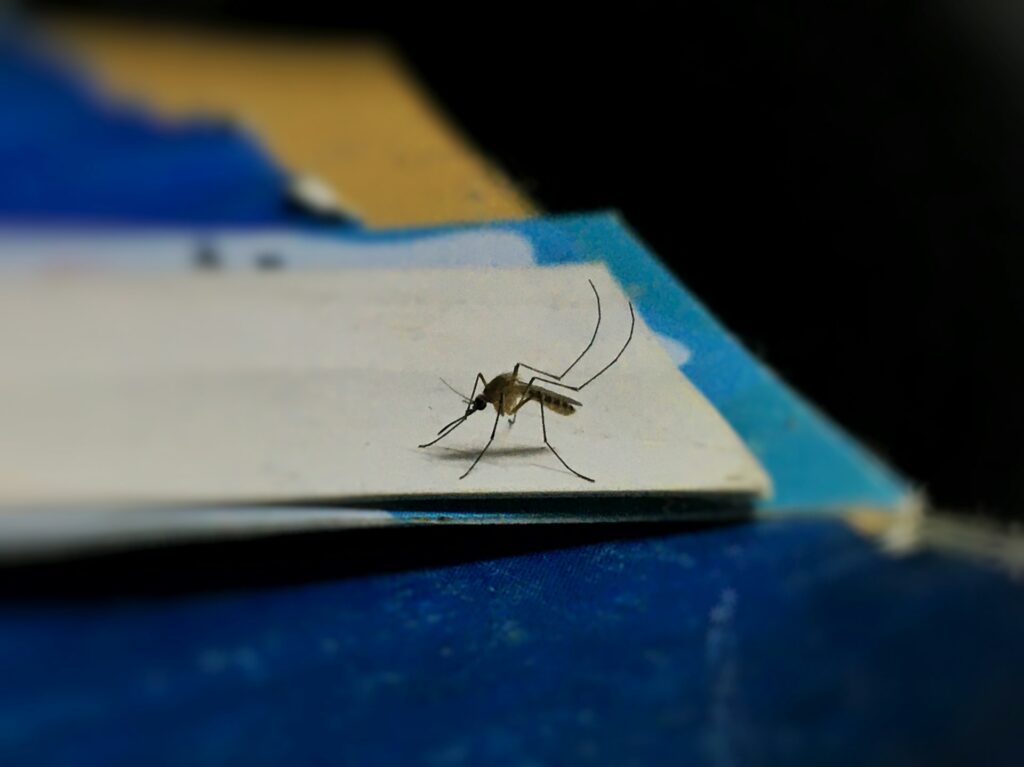
In a lab twist on pest control, scientists have developed genetically modified mosquitoes that pass on a gene causing their offspring to die before reaching adulthood. This is designed to collapse mosquito populations that carry malaria and dengue.
The tech is already being tested in places like Brazil and West Africa. It’s part science, part sci-fi horror—editing an entire population’s future out of existence. But if it works, it could save millions of lives without a single pesticide.
3. Growing human organs in pigs
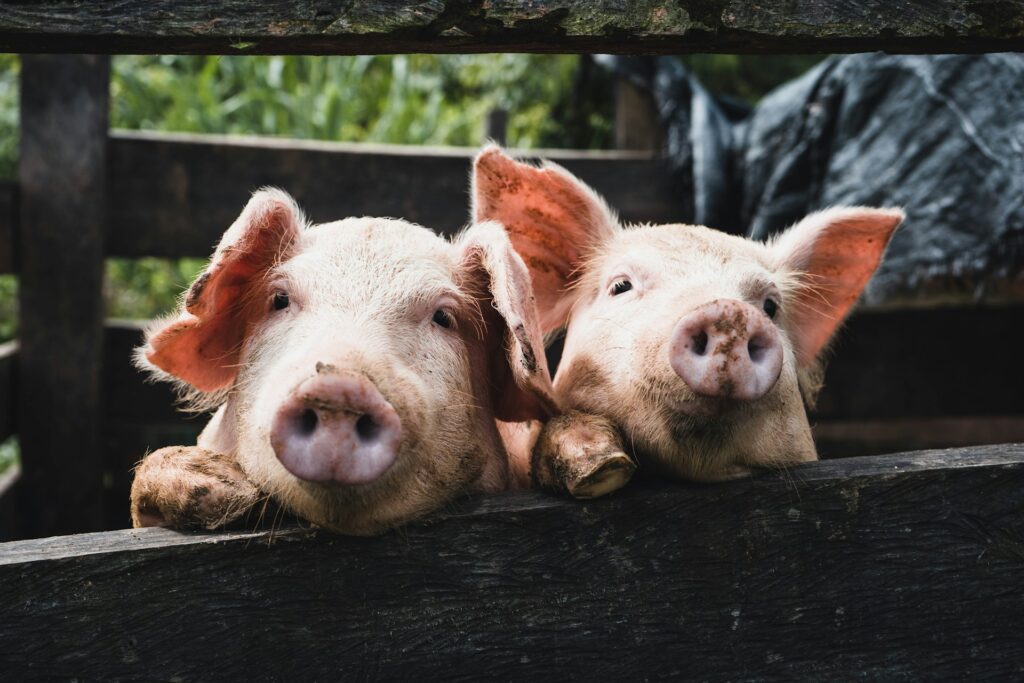
To solve the organ shortage crisis, researchers are experimenting with growing human-compatible organs inside pigs. The idea is to inject human stem cells into pig embryos, so the animal grows a pancreas, kidney, or liver that could be harvested later for transplant.
It’s ethically murky, but technically promising. If perfected, it could mean waiting lists for organs become a thing of the past. However, it also raises big questions, like where the line is between human and animal, and who gets to draw it.
4. Creating synthetic embryos without sperm or eggs
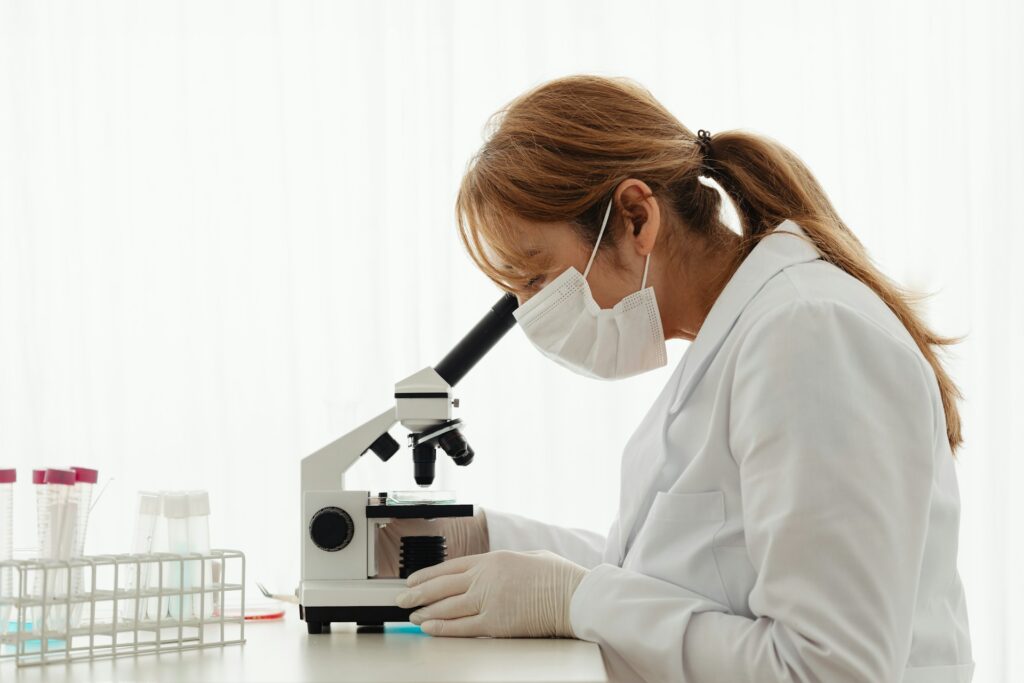
In 2023, researchers created mouse embryo-like structures entirely from stem cells—no sperm, no egg, no womb. These synthetic embryos developed a brain, heart, and early signs of organs, all in a lab dish. Human versions are on the horizon. If scientists can build embryo models this way, it could change how we study early development, miscarriages, or genetic disorders. It could also spark some massive ethical debates we’re not even close to ready for.
5. Editing human embryos to prevent disease
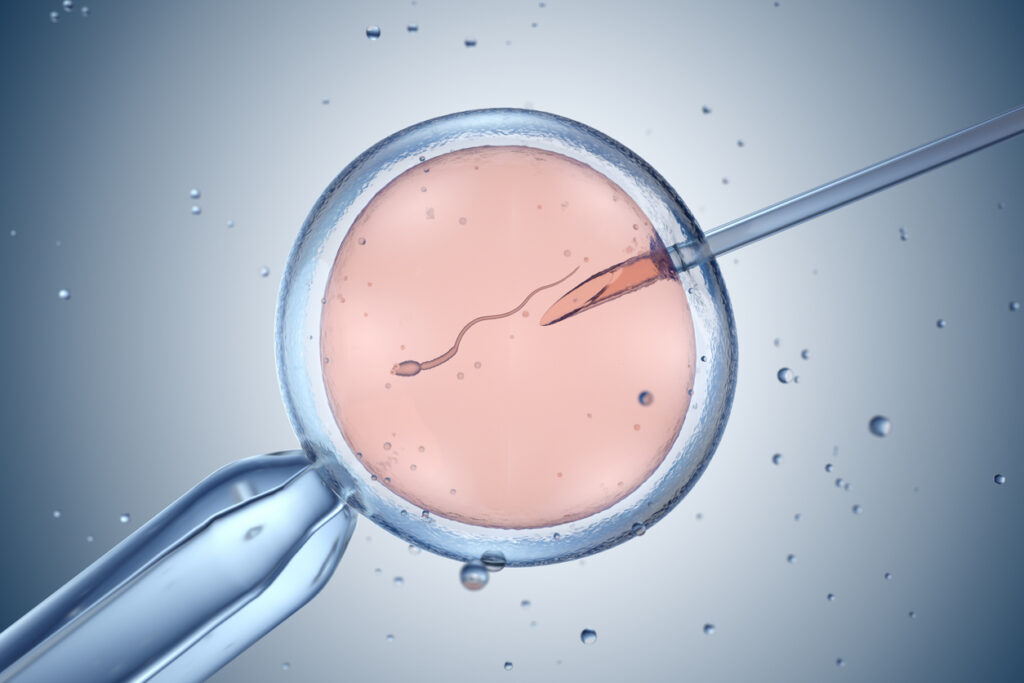
CRISPR has made it possible to cut and replace sections of DNA in human embryos, potentially erasing genetic diseases before birth. It’s been done in the lab—but in 2018, a Chinese scientist shocked the world by announcing he’d edited the genomes of two actual babies.
The backlash was fierce, and the researcher was jailed. But the tech is still advancing. The potential to eliminate inherited conditions like Huntington’s or cystic fibrosis is real—but so is the risk of opening the door to designer babies.
6. Genetically modifying crops to survive climate change

Climate-resistant crops are one of the less flashy but more urgent areas of genetic science. Scientists are engineering wheat, rice, and maize that can survive floods, droughts, or salty soil—all conditions becoming more common with climate change.
This isn’t just about yield—it’s about food security for millions of people. Whether or not you’re into GMOs, this kind of work could make the difference between famine and survival in some parts of the world.
7. Rewriting animal brains to study consciousness
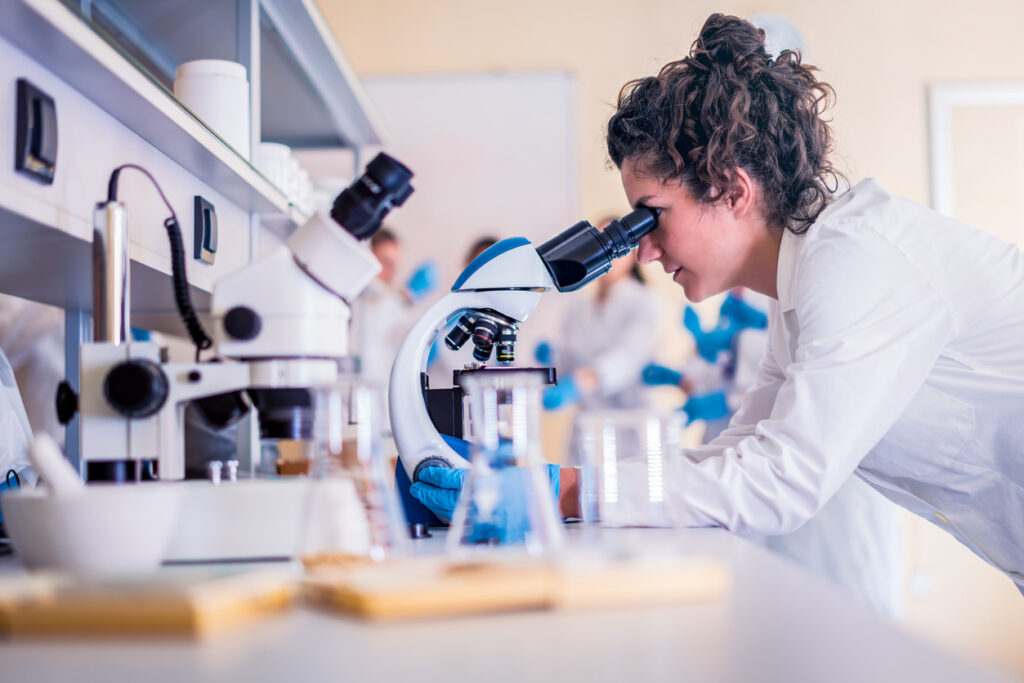
Some labs are now editing the genes that control neural development in animals, effectively giving them more human-like brain structures. It’s a bold move that could help us understand how memory, thought, and even self-awareness work. However, it’s also a minefield. If you give a mouse—or a monkey—more human traits, what does that mean for how we treat it? These kinds of experiments are forcing science to wrestle with some very weird moral territory.
8. Building “gene drives” to control invasive species
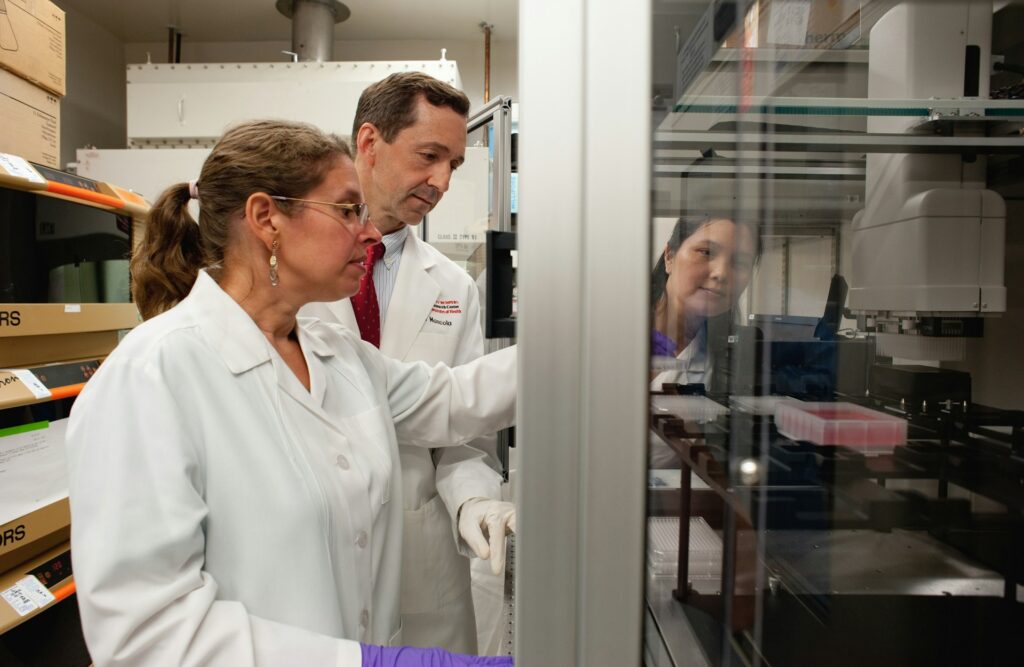
Gene drives are genetic hacks that spread a trait through a population much faster than normal inheritance. Scientists are using them to make invasive species like rats or cane toads infertile, aiming to stop them from wiping out native wildlife. It’s a powerful tool, but once it’s released into the wild, there’s no turning back. One wrong move, and we could tip an entire ecosystem in ways we didn’t predict. Nature doesn’t always like being reprogrammed.
9. Programming cells to act like mini-computers

Synthetic biologists are building genetic “circuits” inside living cells—kind of like installing tiny processors that can follow instructions. These cells can sense signals, make decisions, and even perform basic calculations based on chemical input. In practice, this could lead to smarter cancer treatments, programmable bacteria that clean up oil spills, or even cells that release medicine only when needed. It’s biotech meets coding, and the possibilities are wild.
10. Bringing back extinct frogs with frozen DNA

The gastric-brooding frog, once native to Australia, gave birth through its stomach. It’s been extinct since the 1980s—but scientists managed to clone early embryos using preserved cells and modern genetic tools.
They haven’t brought the frog all the way back yet, but it’s a glimpse into what might be possible. If we can resurrect extinct species, we’re basically turning time travel into a lab project—and maybe learning how to stop current species from disappearing, too.
11. Editing genes to boost athletic performance
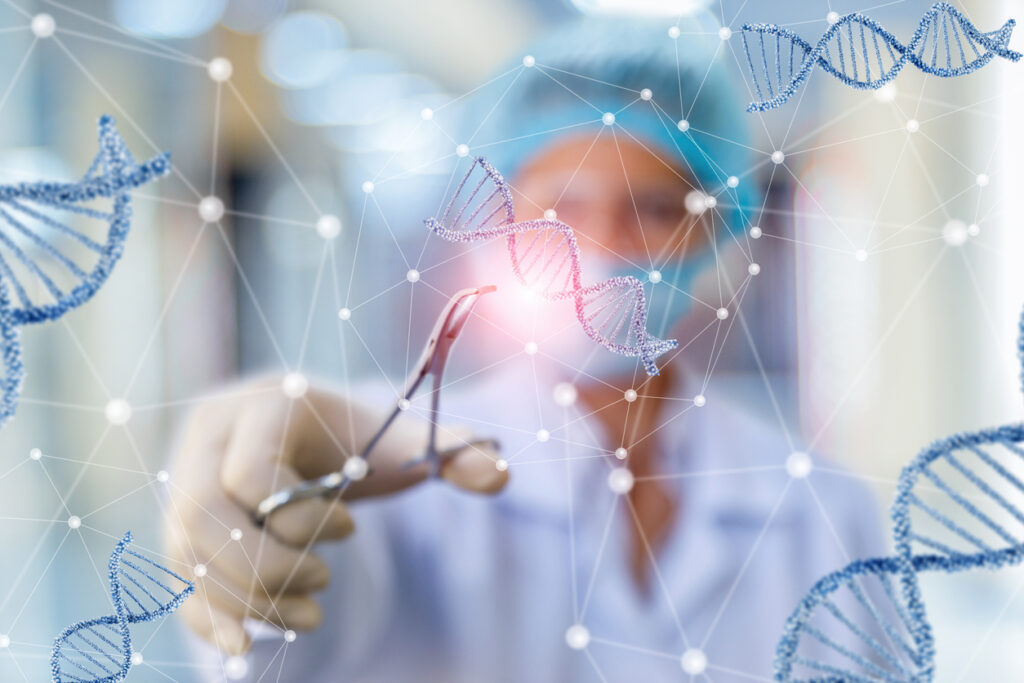
Gene doping is no longer just a rumour. Some researchers have explored the possibility of altering muscle-building genes or oxygen-processing genes like EPO to enhance physical endurance and strength. It’s banned in sport, but theoretically possible.
This isn’t just a concern for athletes—it raises questions about fairness, enhancement, and whether we’re about to split into genetic haves and have-nots. If you could be faster or stronger with one injection, would you take it?
12. Customising gut bacteria to boost your mood

Scientists are engineering probiotics that do more than aid digestion. Some are being designed to produce neurotransmitters like serotonin or GABA—chemicals that affect mood, anxiety, and even depression. It’s early days, but if it works, we could see a future where your mental health can be supported by a personalised yoghurt drink. Weird? Absolutely. But also potentially revolutionary for conditions that affect millions.
13. Editing the genes of coral to survive ocean heat
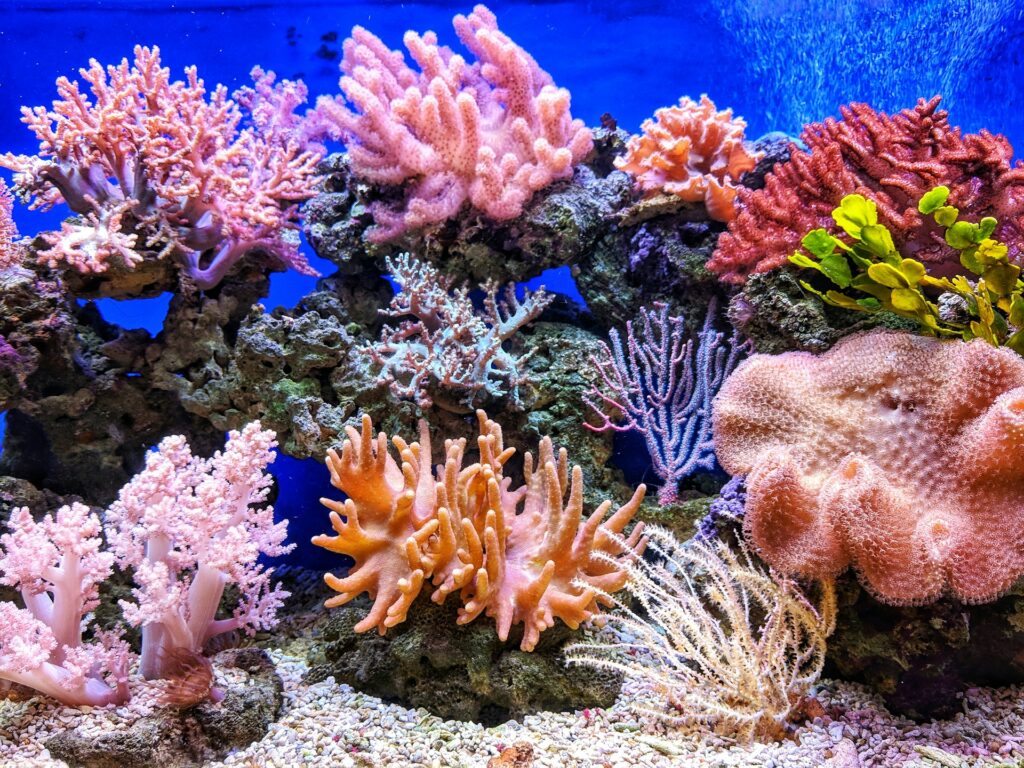
With rising ocean temperatures killing coral reefs, scientists are now editing coral DNA to make them more heat-tolerant. Some teams are also using selective breeding and synthetic biology to help coral adapt faster than it would naturally.
This could be one of the only ways to stop reef collapse in the coming decades. If successful, it won’t just protect marine life—it could safeguard coastal communities and entire ecosystems. It’s one of the few examples of gene editing being used to protect, not just change, the natural world.